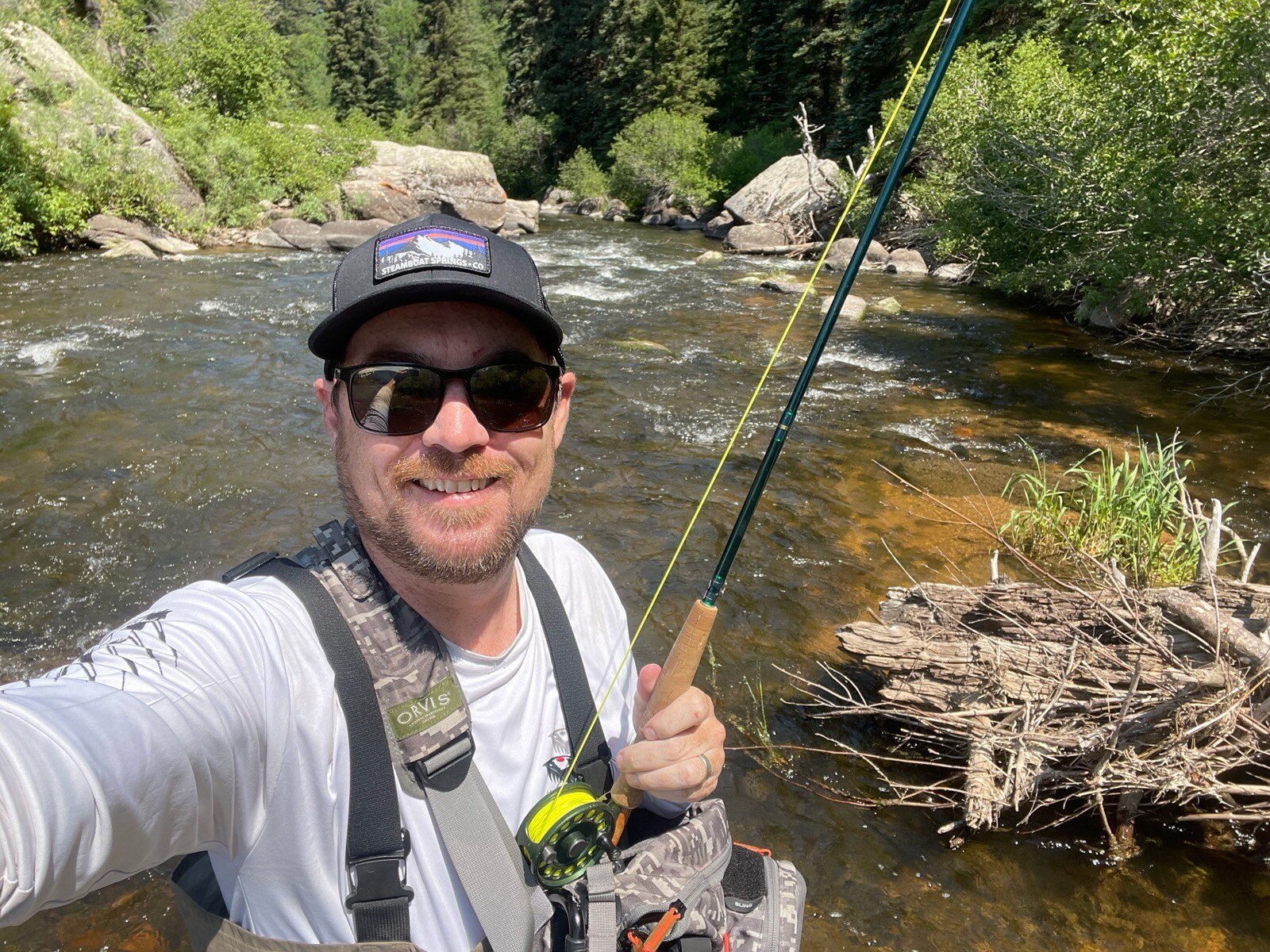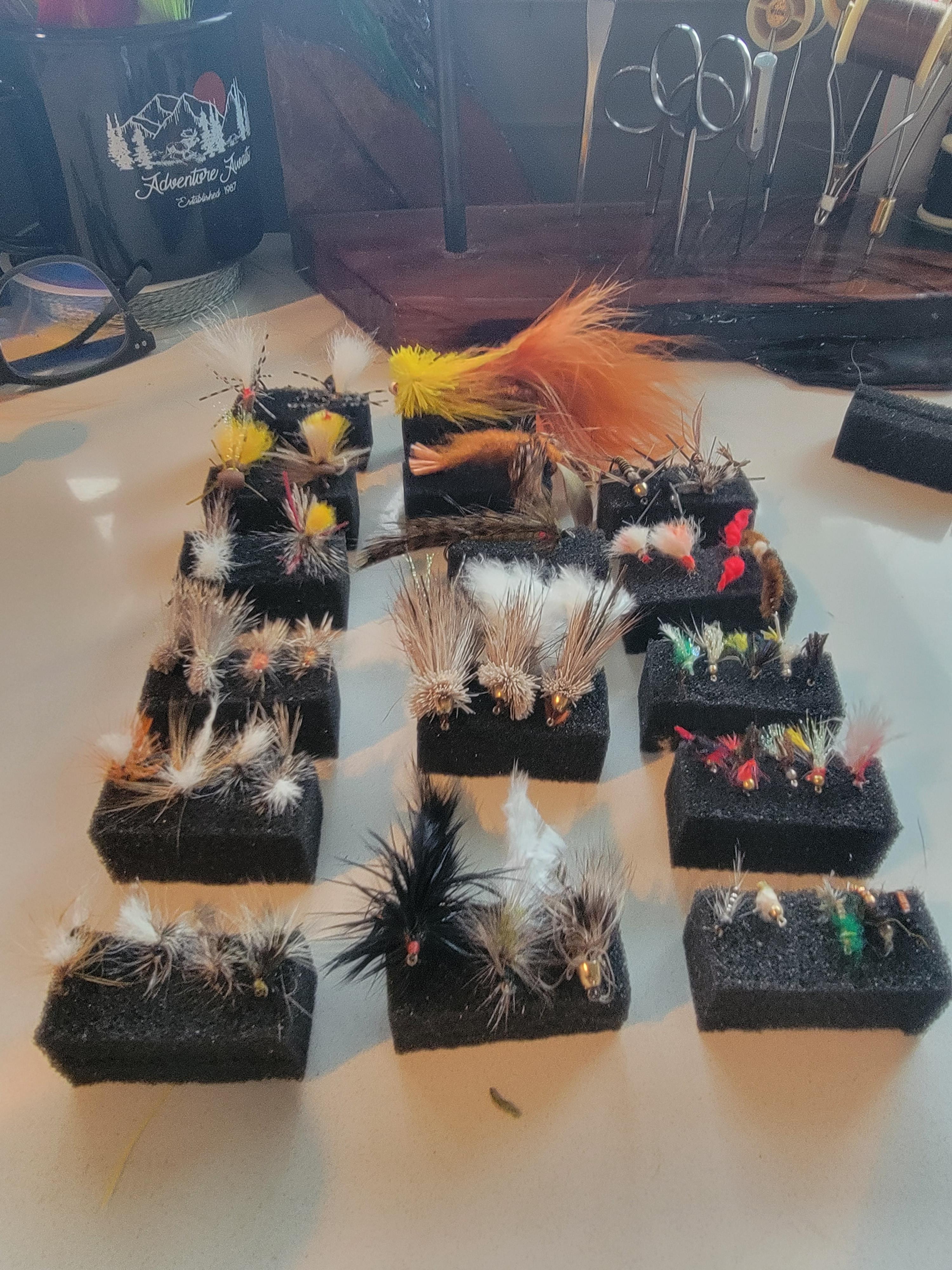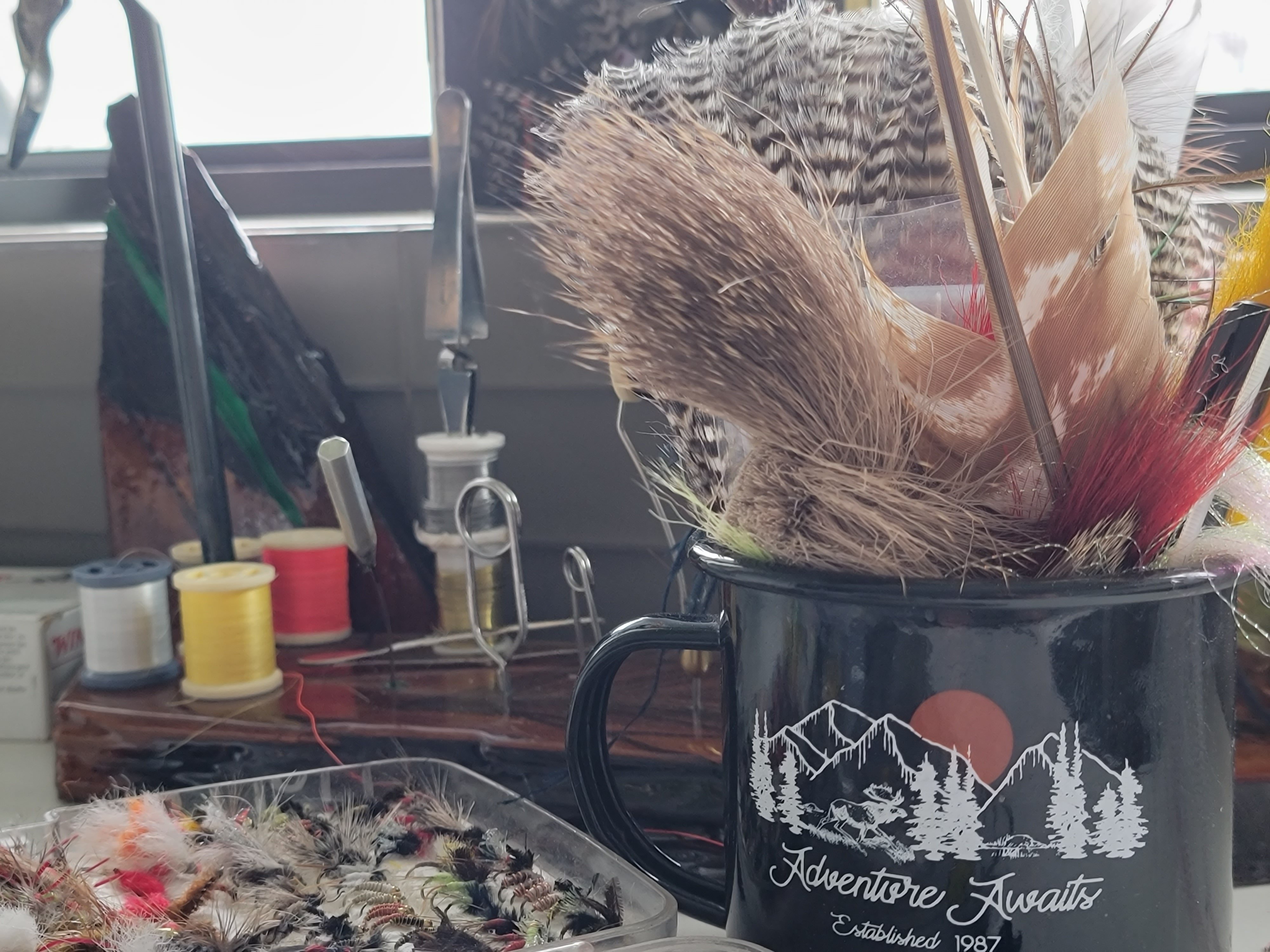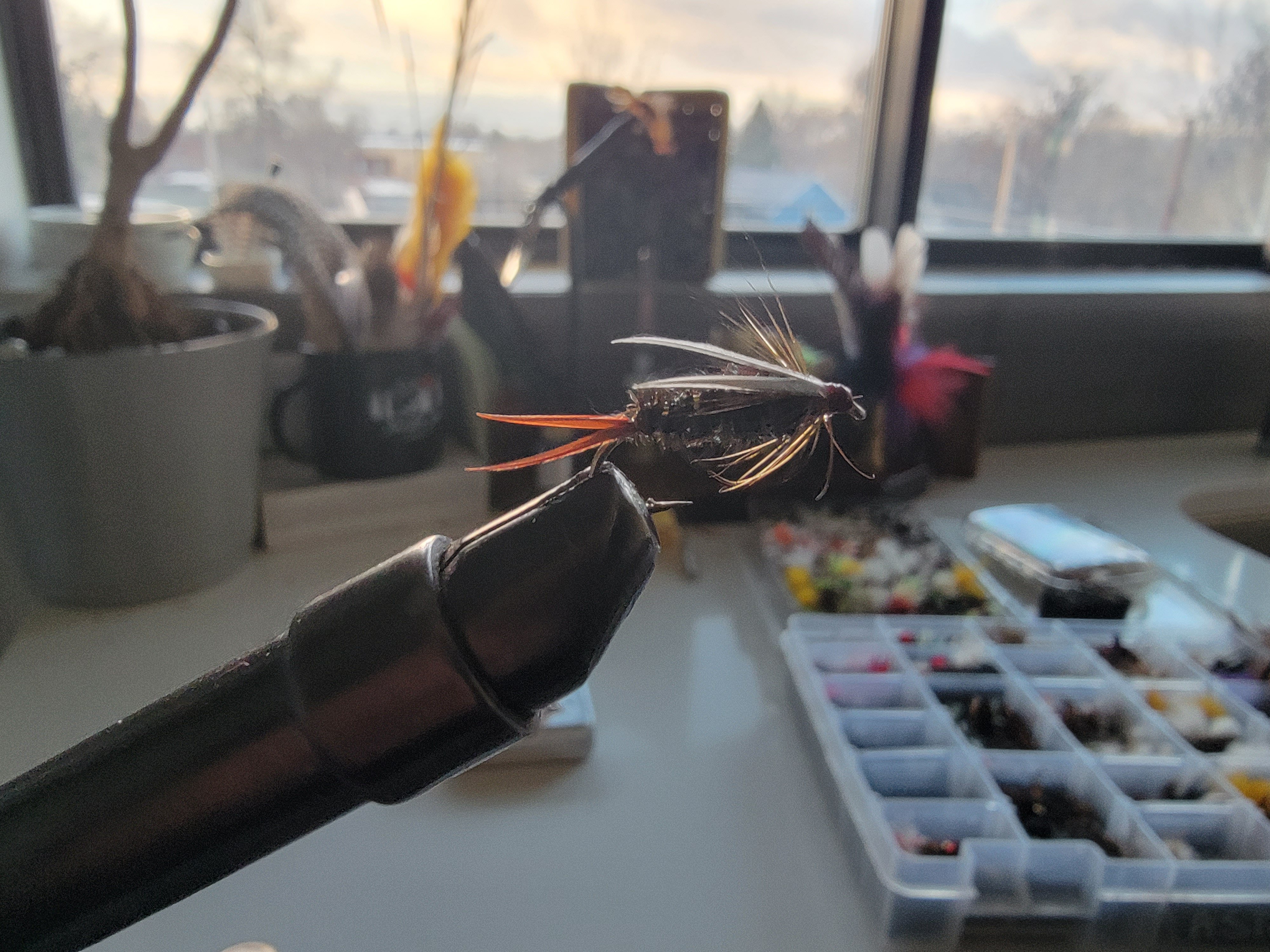The History
Wet fly fishing is a technique in which flies are designed to imitate underwater insects or baitfish. These flies are typically made from feathers, fur, or yarn and are designed to sit on or just below the water's surface1. By submerging these flies, anglers can entice fish to strike.
Let’s dive into the fascinating origins of wet fly fishing, shall we? This angling art form goes way back—think ancient Egyptians, Greeks, and Romans, who were already dabbling with artificial flies thousands of years ago. Fast forward to the 15th and 16th centuries in Europe, and that's when things started to get really interesting. Fly fishing techniques began to evolve, and voila, the wet fly was born! Early anglers used feathers, furs, silks, and threads to craft these flies, all designed to mimic the delicious aquatic insects that fish just can't resist.
Now, let’s talk about the wet fly fishing itself. Unlike its dry fly counterpart, which prances on top of the water, wet fly fishing is all about going beneath the surface. These flies are masters of disguise, imitating underwater insects and baitfish to lure in the big ones. In Colorado, this technique is a hit for reeling in various fish species, especially trout.
.png?width=600&height=400&name=fly%20fishing%20in%20colorado%20(6).png)
Here's how it’s done…
Select the appropriate flies: Choose wet flies that mimic underwater insects or small fish in your fishing area. Common wet fly patterns in Colorado include nymphs, streamers, and soft hackles.
Equipment: Use a fly rod, reel, and fly line suitable for the size of your target fish. A 9-foot rod with a weight appropriate for the fish species is typically used. Pair the rod with a matching fly line, leader, and tippet.
Approach the water: Locate a suitable fishing spot, preferably near areas where fish gather, such as riffles, pools, or deep runs. Be mindful of any regulations or restrictions in the area you plan to fish.
Casting: Utilize various casting techniques, such as roll casting or standard overhead casting to present your flies in the water. Aim for accuracy and present your flies naturally, allowing them to drift with the current or giving them a slight twitch to imitate movement.
Retrieve: After casting, let your flies sink to the desired depth and retrieve them using a slow or medium-paced retrieve. Experiment with different retrieval patterns to mimic the behavior of insects or baitfish.
Remember, local conditions, including the time of year, the specific water body, and the targeted fish species, can influence the effectiveness of wet fly fishing techniques. It's always a good idea to research specific locations, consult with local fishing guides, and consider hiring the services of a fly fishing outfitter who can provide expert guidance on wet fly fishing in Colorado.
.png?width=300&height=100&name=Copy%20of%20Rise%20Beyond%20Logo%2012.31.24%20(300%20x%20100%20px).png)



